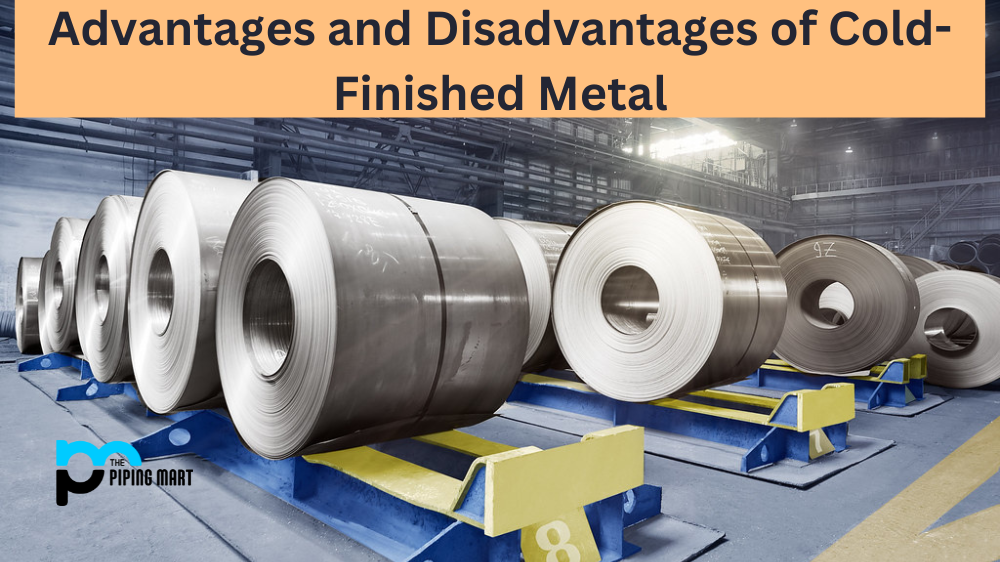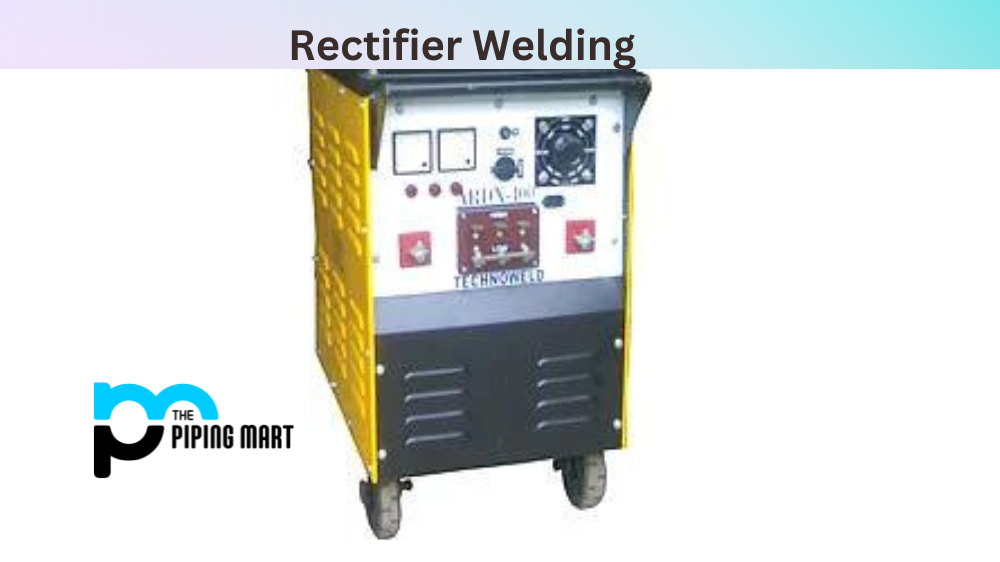The cold finished metal is a type of metal that goes through additional processes to improve its surface finish. It is often used in the manufacturing of parts that require more precise dimensions, higher strength levels, and smoother surfaces than those produced using traditional hot-rolling methods. But what are the advantages and disadvantages of cold-finished metal? Read on to find out!
Advantages of Cold-Finished Metal
The main advantage of cold-finished metal is that it offers better dimensional accuracy than hot-rolled metal. Because the material is processed at cooler temperatures, there is less warping or distortion during production. This makes it easier to cut and shape the material into exact measurements. Additionally, cold-finished metals tend to be harder and stronger than their hot-rolled counterparts. This makes them ideal for use in applications where durability is essential, such as automotive parts or construction materials. Finally, cold-finished metals have smoother surfaces than hot-rolled metals, making them easier to paint or finish with other treatments.
More Ductile
The cold-finished metal is more ductile than hot-finished metal. This means that it can be bent, stretched, and formed into a variety of shapes without breaking. This makes cold-finished metal an ideal choice for applications where the metal needs to be malleable.
Better Strength
Cold-finished metal also has better strength than hot-finished metal. This means that it can withstand more force before breaking or deforming. This makes cold-finished metal an ideal choice for applications where the metal needs to be strong.
More Durable
The cold finished metal is also more durable than hot-finished metal. This means that it will not corrode as easily and will last longer overall. This makes cold-finished metal an ideal choice for applications where the metal needs to be durable.
Easier to Machine
The cold-finished metal is also easier to machine than hot-finished metal. This means that it can be cut, drilled, and shaped without as much difficulty. This makes cold-finished metal an ideal choice for applications where the metal needs to be machined.
Cheaper
The cold finished metal is also cheaper than hot-finished metal. This is because it does not require as much energy to produce and does not require special equipment or training to work with. This makes cold-finished metal an ideal choice for applications where the budget is a concern.
Disadvantages of Cold-Finished Metal
One disadvantage of cold-finished metal is that it can be more expensive than hot-rolled metal due to the additional processing required to produce it. Additionally, because it is harder and stronger than hot-rolled metals, it can also be more difficult to work with during fabrication processes. Finally, since cold-finished metals are not heat-treated like hot-rolled metals are, they may not perform as well under high-stress conditions.
More expensive
One of the primary disadvantages of cold-finished metal is that it is more expensive than traditional metal. The cold-finished metal is typically made from higher quality materials and undergoes a more extensive manufacturing process, which results in a higher price tag.
More difficult to work with
Another downside of cold-finished metal is that it can be more difficult to work with than traditional metal. Cold-finished metal is harder and less ductile, which can make it challenging to cut, drill, or weld. As a result, it may not be the best choice for projects that require a lot of shaping or customization.
It can be more brittle.
Another potential downside of cold-finished metal is that it can be more brittle than traditional metal. This increased brittleness can make the cold-finished metal more susceptible to breaking or shattering under stress.
Requires specialized equipment
Because cold-finished metal is so difficult to work with, it often requires specialized equipment that most people do not have access to. This can make it difficult or impossible to complete projects without the help of a professional.
Limited availability
Another issue with cold-finished metal is that it can be difficult to find, as it is not as widely available as traditional metal. This lack of availability can make it hard to source the materials needed for a project, which can lead to delays or even cancellations.
Conclusion:
Overall, cold-finished metal has many advantages over traditional hot-rolled steel products when it comes to dimensional accuracy, strength levels and surface finish quality. However, these benefits need to be weighed against its higher cost and difficulty in working during fabrication processes before making a decision on which type of steel product best suits your needs. If you have any questions about whether or not cold-finished metal might be right for your application, don’t hesitate to contact an experienced metal supplier today!

Abhishek is a seasoned blogger and industry expert, sharing his insights and knowledge on various topics. With his research, Abhishek offers valuable insights and tips for professionals and enthusiasts. Follow him for expert advice on the latest trends and developments in the metal industry.




